
Q: In Model Railroader product reviews, locomotive speed is often measured and compared with the prototype. I was wondering how this is done so I can run my trains at prototypical speeds. — George Smitton A: When we test locomotives at the workbench, we use the Model Railroad Technologies Accutrak II train speedometer for measuring […]
Read More…
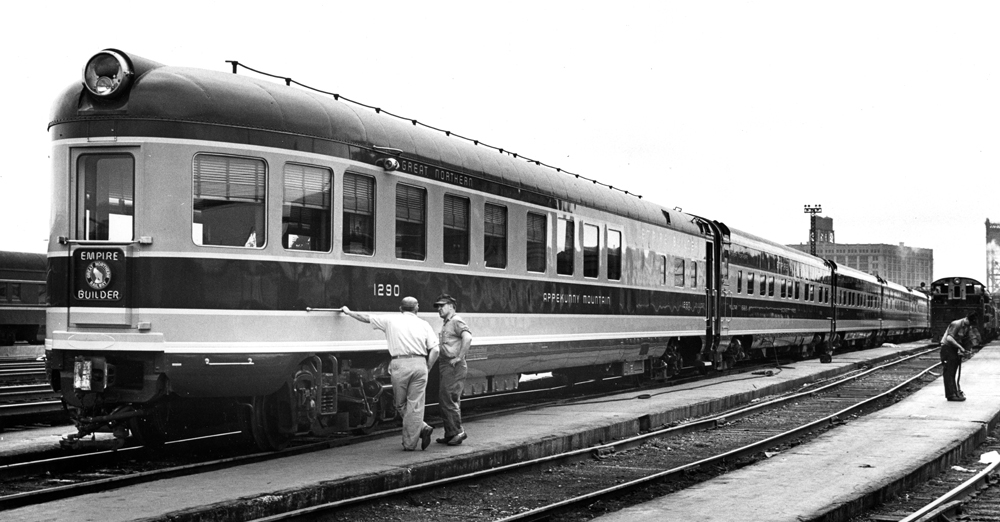
Q: I have some questions about streamlined observation cars with rounded ends. What was the purpose/use of the large light located at the end of the roofline of these cars? Is it a white light for reverse moves, or is it a red light similar to a modern day Flashing Rear End Device? Could the […]
Read More…
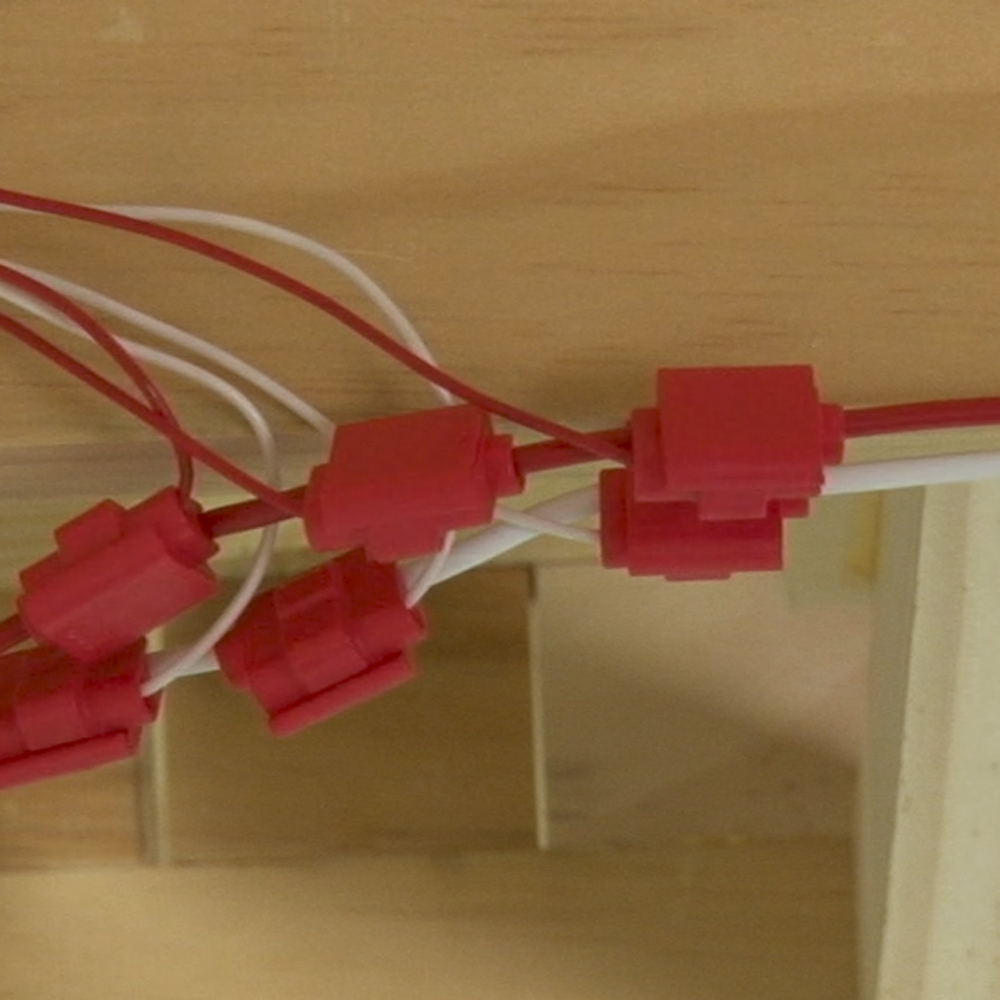
Q: I’m setting up a model railroad on a 6 x 12-foot table. The layout will use Digital Command Control. What would be the best wire size(s) to use on the layout? — Greg Kurtz A: Two considerations when selecting the right wire size, Greg: First, that doesn’t involve long bus-wire lengths, so No. 14 […]
Read More…
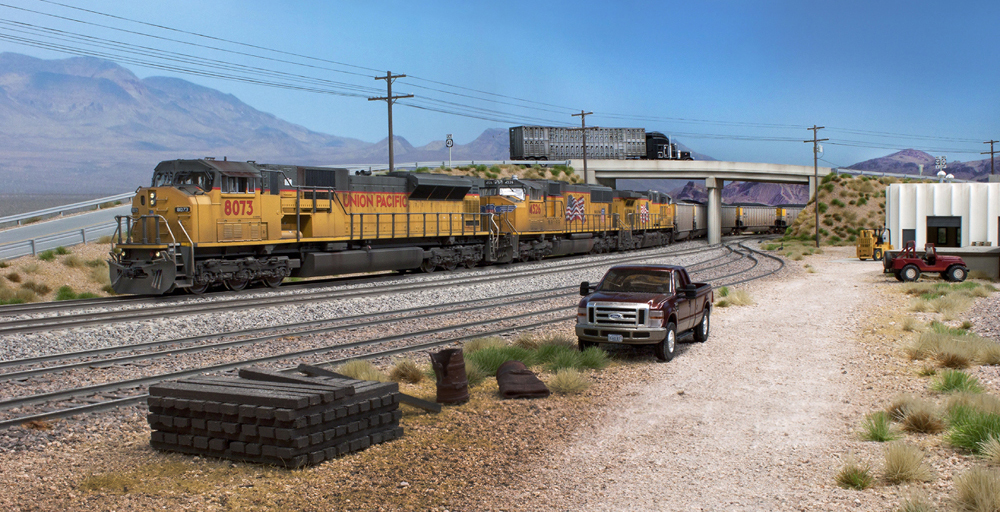
Today, model railroaders are blessed with a wide variety of commercial track in most popular scales. It wasn’t all that long ago that off-the-shelf track was largely one-size-fits all, with oversized rail, bulky ties, and little detail. Now, mass-produced track is available in different rail heights (called codes) with simulated wood or concrete ties, prototypical […]
Read More…
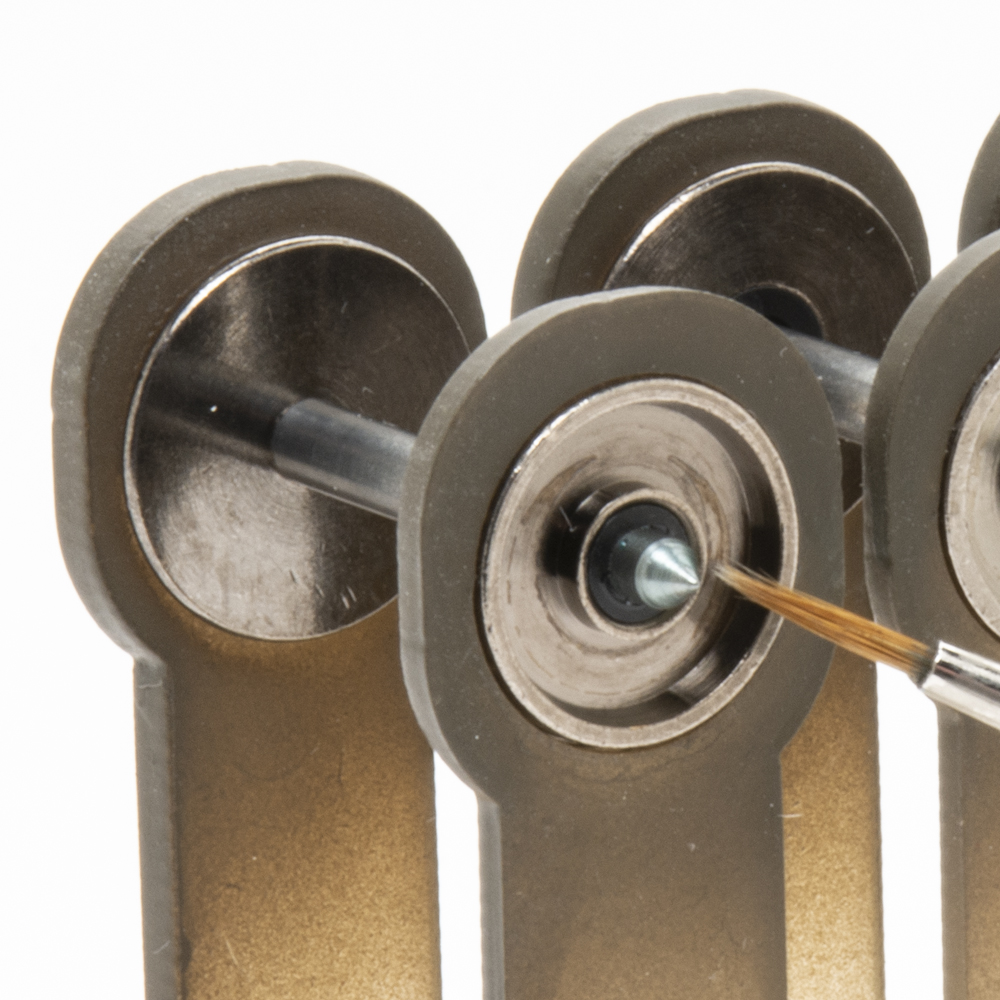
Q: I’ve seen a few Model Railroader articles on painting and weathering that reference liquid mask. How does the product work, and where can I find it? — Michael M. A: Liquid mask is a product that’s applied with a brush to keep paint off of areas that would be hard to cover using traditional masking […]
Read More…
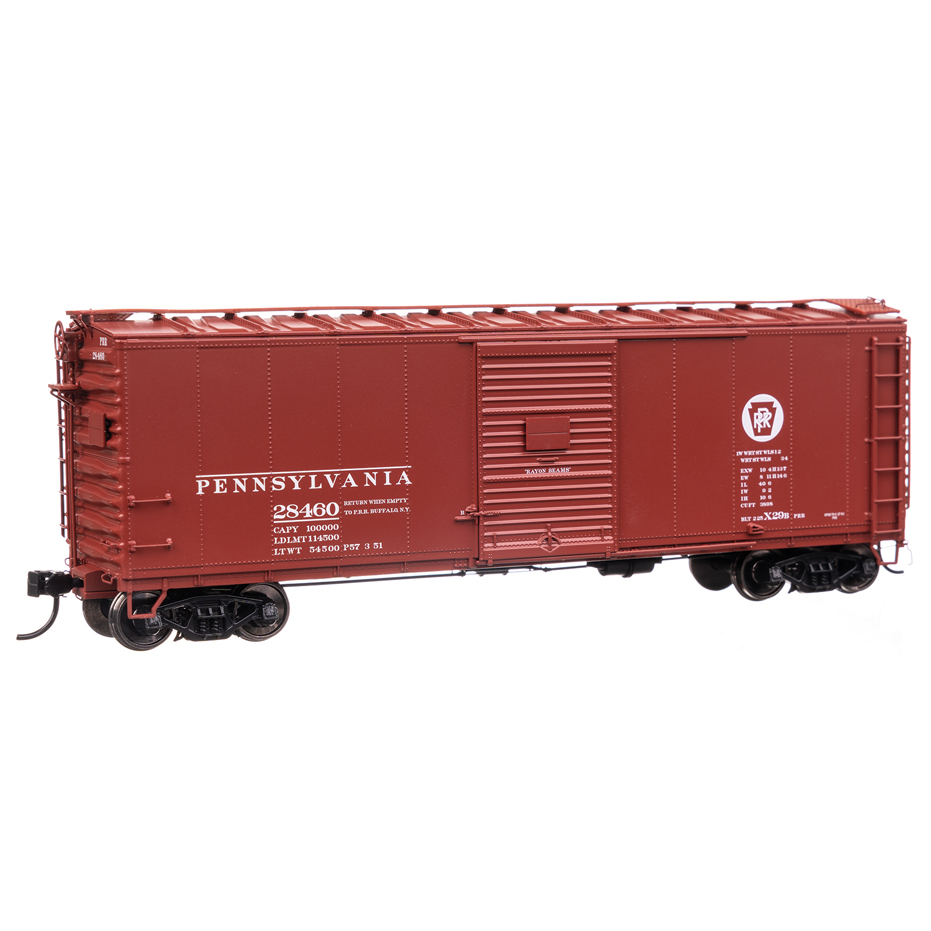
News & Products for the week of February 24th 2025 Model railroad operators and builders can get the latest information about locomotives, freight cars, passenger cars, tools, track, and more by reading Model Railroader’s frequent product updates. The following are the products Model Railroader editors have news on for the week of February 24th, […]
Read More…
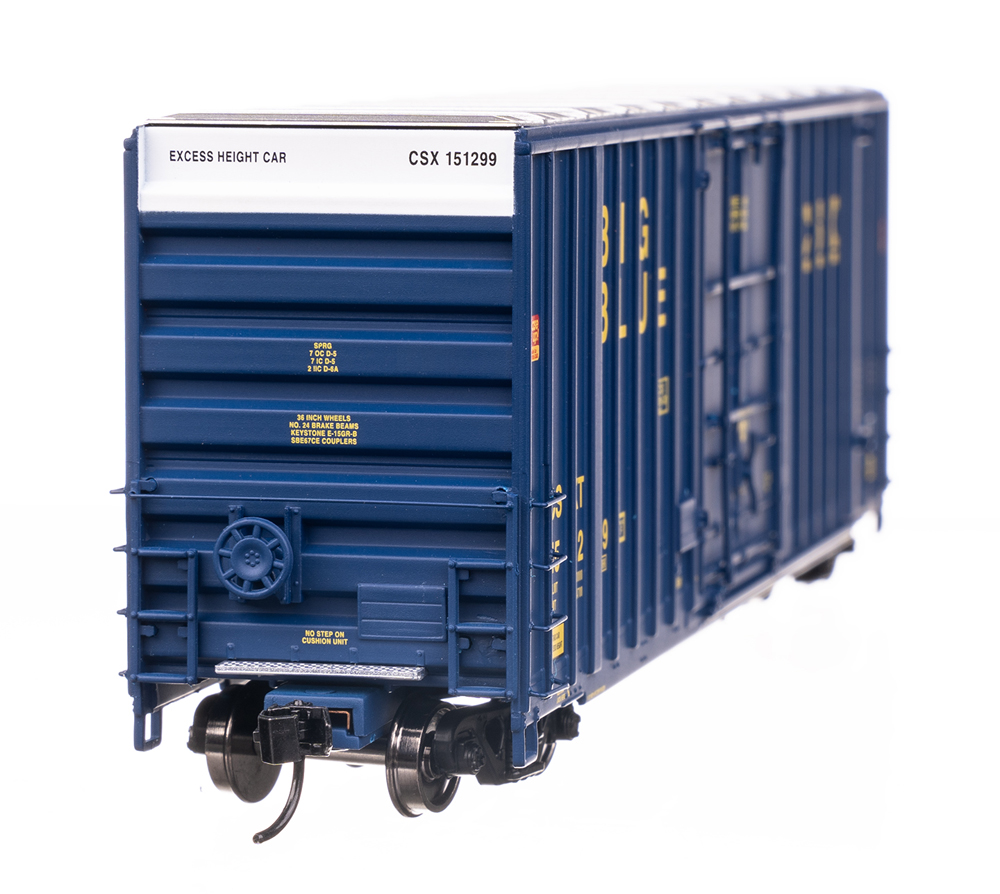
News & Products for the week of February 17th 2025 Model railroad operators and builders can get the latest information about locomotives, freight cars, passenger cars, tools, track, and more by reading Model Railroader’s frequent product updates. The following are the products Model Railroader editors have news on for the week of February 17th, […]
Read More…

Q: I’ve noticed 53-foot intermodal containers on top of what I believe are 40-foot containers. What I’m not sure about is whether the smaller container is in a 40-foot well car or a 53-foot car? — David Bellamy A: The 40-foot intermodal container in the bottom position can be in a 40- or 53-foot well […]
Read More…
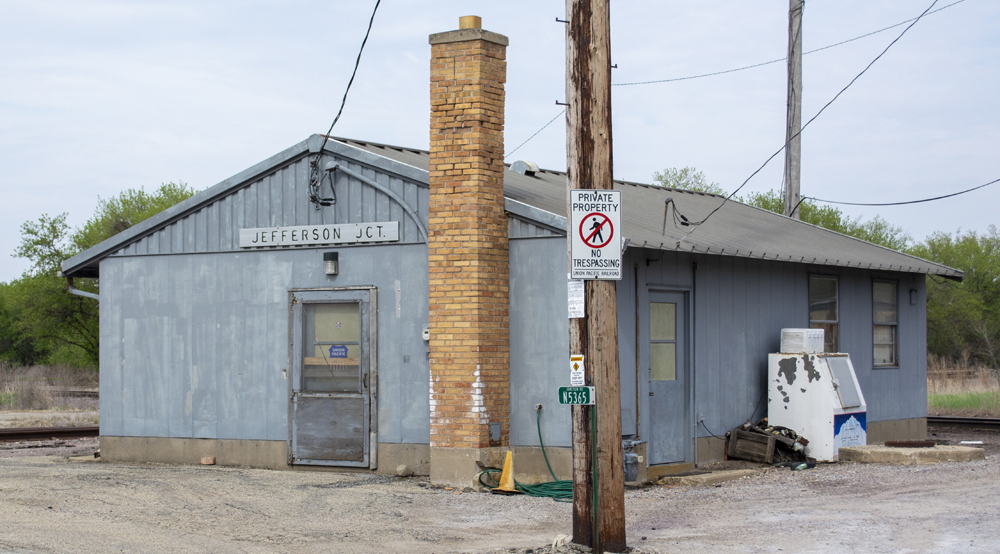
Q: I’m working on adding lineside details to my freelance model railroad. I’d like to add station signs to help my operators identify various locations on the layout. Though I’m not modeling a specific prototype, I want the signs to look realistic. Where can I find information on prototype station signs? — Bobby T. A: […]
Read More…

Locomotives, regardless of scale, have always been at the forefront of technological advancements in model railroading. Over the past decade, this trend has accelerated: bringing in innovative features and enhancements that redefine the hobby. Whether they’re seen as trailblazers for the future or as models featuring nothing but “all the bells and whistles,” let’s explore […]
Read More…
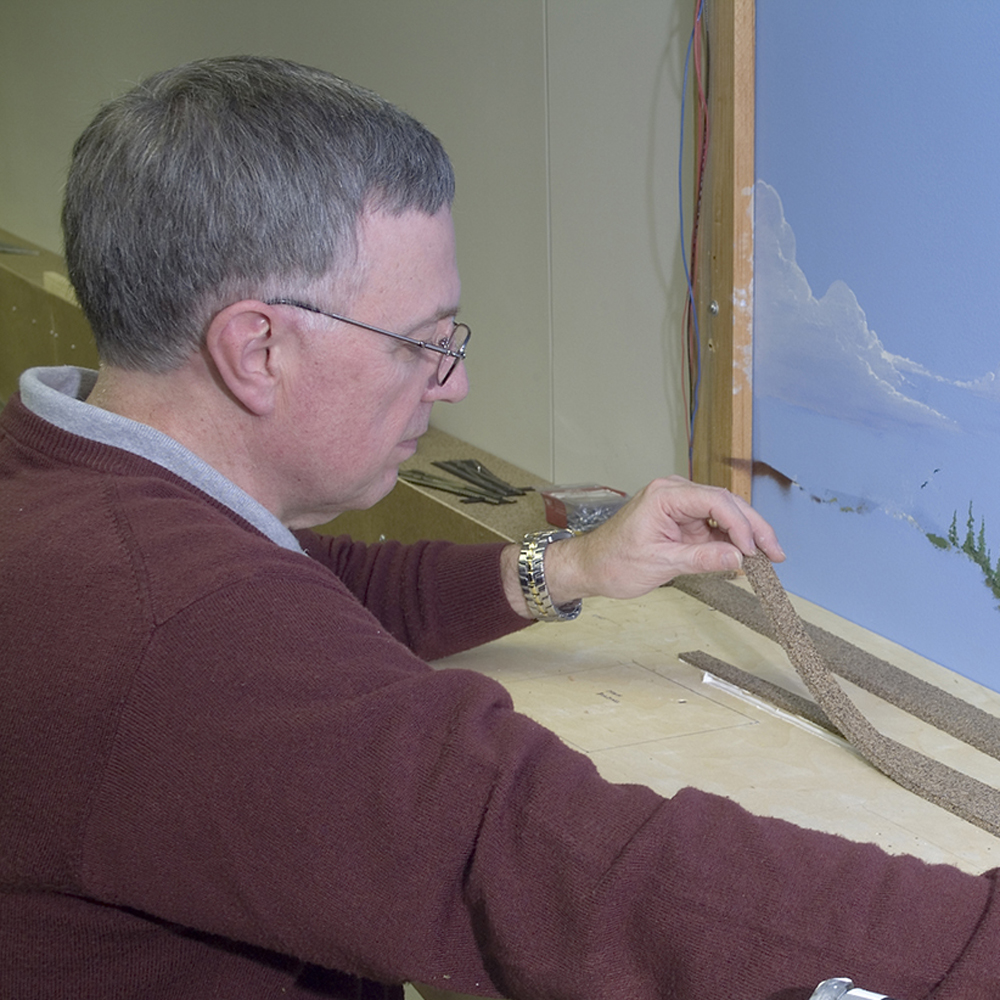
Q: What is the best adhesive to use for attaching cork roadbed to wood or extruded-foam insulation board? — Ronald Jaeger A: In Basic Trackwork for Model Railroaders — Second Edition (Kalmbach Books, 2014), Jeff Wilson wrote, “Cork can be nailed in place, but glue is a much neater option. I prefer white glue for […]
Read More…
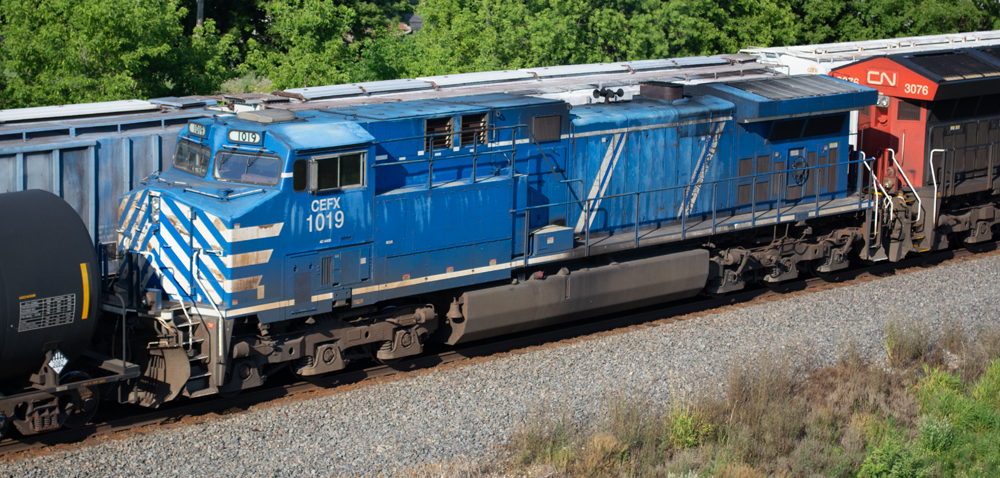
Unless your model railroad is at eye-level or higher, the first thing operators and visitors see when they look at your locomotives and freight cars is the roof (and on open-top cars, the interior). In recent years, some manufacturers have offered models with faded paint and light weathering. Other companies have released boxcars with paint […]
Read More…












